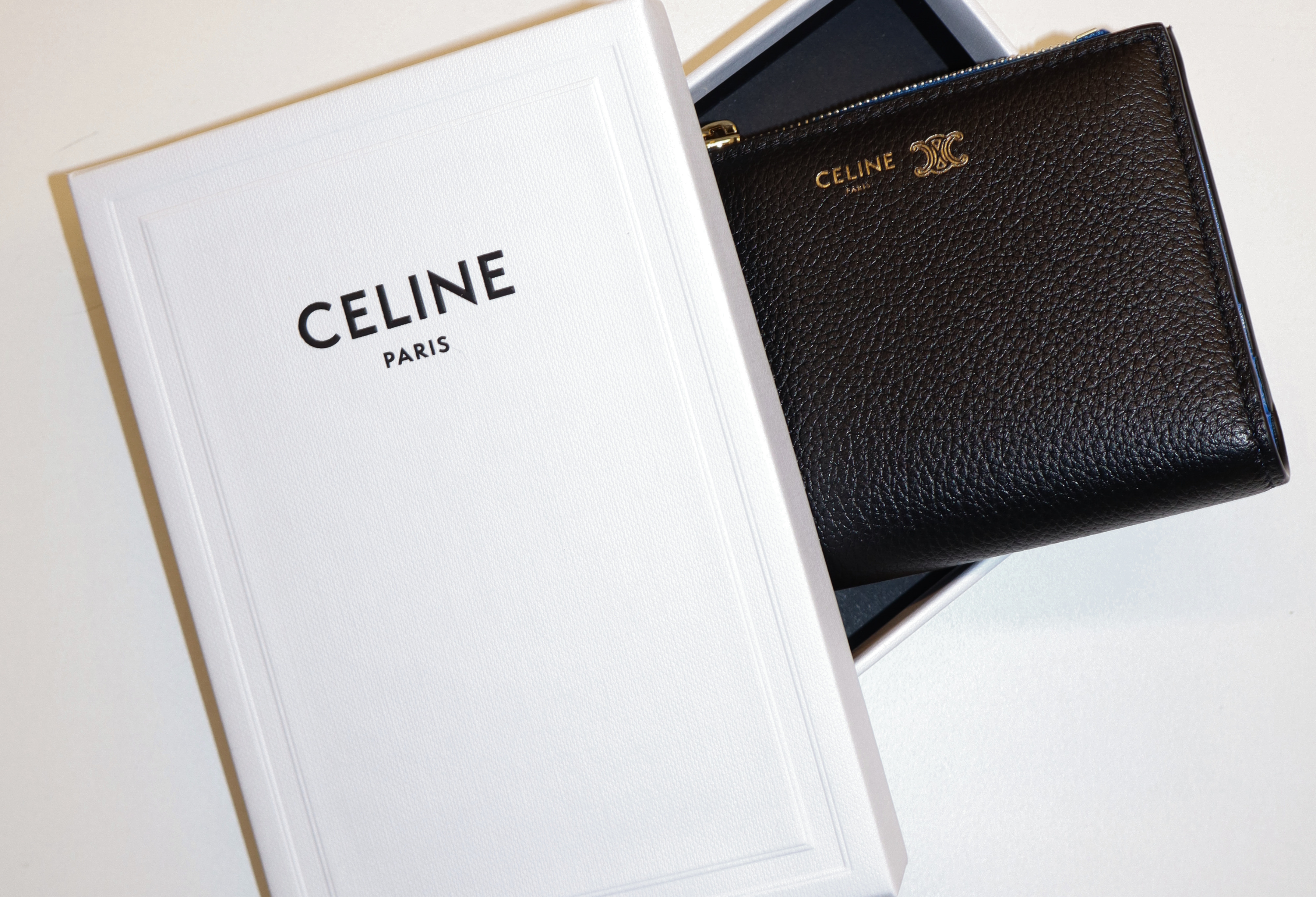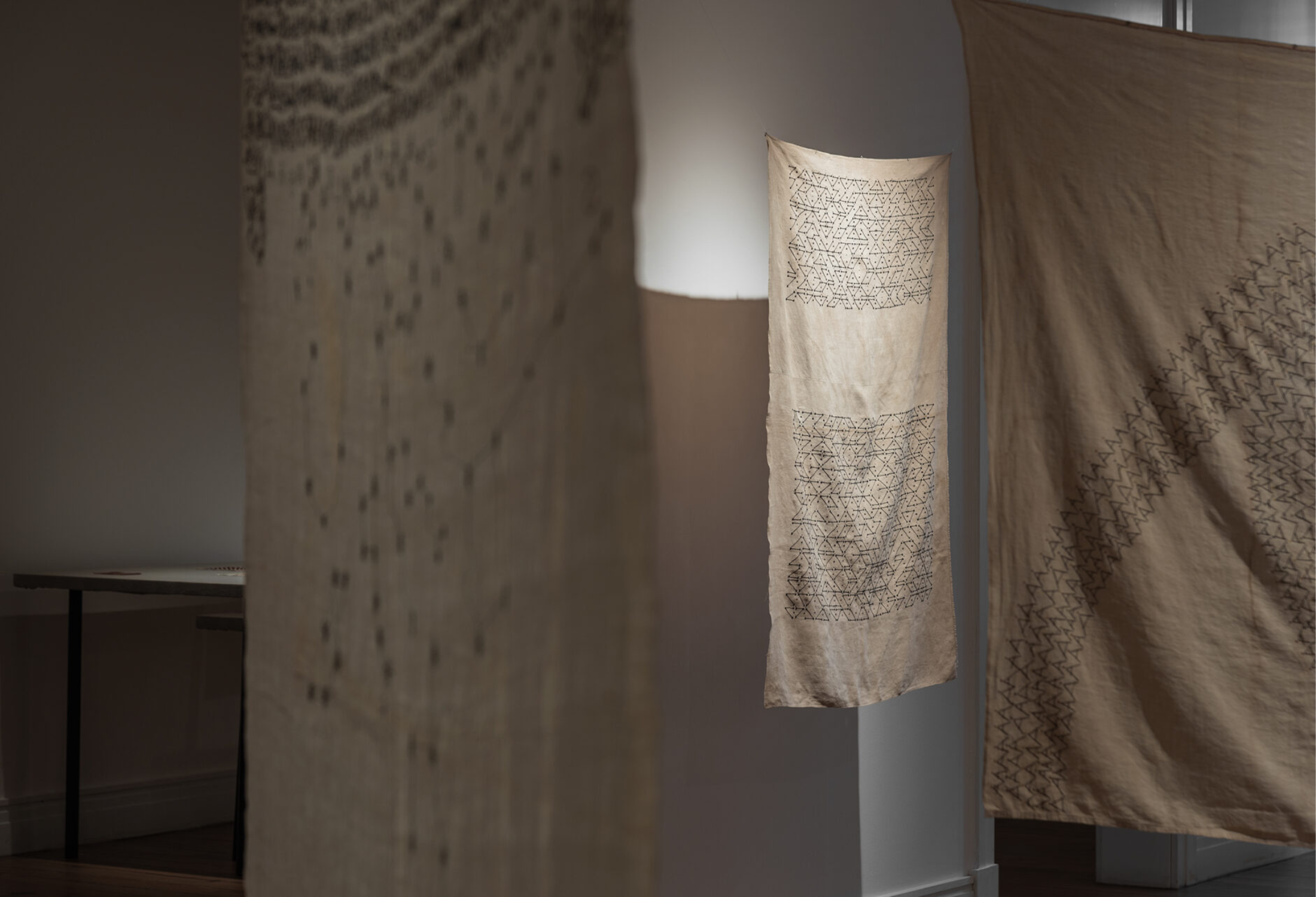MIUCCIA PRADA: THE SILENT REVOLUTION
When discussing contemporary fashion, it is impossible to overlook Miuccia Prada, one of the most influential and revolutionary figures in the industry. Her story is one of a brilliant mind that took a family brand to the top. Miuccia Prada completely redefined the concepts of femininity, luxury, and beauty in the 21st century.

The story of the Prada clothing brand begins in 1913, when Mario Prada, Miuccia’s grandfather, founded a small leather goods shop in Milan called Fratelli Prada. Located in the prestigious Galleria Vittorio Emanuele II, this boutique specialised in the crafting and selling of luxury trunks, bags, and luggage. Mario Prada, aware of the importance of consumer perception, positioned his shop in a location that reflected quality and exclusivity, placing his products in the luxury sector from the very beginning. Thanks to this, Mario Prada succeeded in making his shop the official supplier of the Italian royal family, solidifying Prada’s reputation as a luxury brand recognised both nationally and internationally.
However, Mario did not seem intent on leaving his legacy in the hands of a woman. But destiny had other plans for the Prada house. When his eldest son showed little interest in the business, Luisa Prada, Mario’s daughter and Miuccia’s mother, took the reins, defying the conventions of the time and ensuring that the Prada brand continued to thrive.
The Rise of Miuccia Prada
Born Maria Bianchi in 1949, Miuccia Prada grew up in a bourgeois environment in Milan. However, her attitude was always one of rebellion against established norms. She studied Political Science at the University of Milan, where she earned her doctorate in 1978, and actively participated in the Italian Communist Party during the 1970s. Her interest in politics and feminist activism defined much of her youth, making her a woman committed to various social causes. At the same time, Miuccia always had a fascination with fashion, although she initially resisted seeing it as a legitimate career, given her academic background and the expectations placed on her by her environment.

In 1978, Miuccia took over the direction of Prada following her mother’s retirement. This was a decisive moment, as the brand had primarily focused on high-quality leather goods. Instead of simply maintaining the family legacy, Miuccia decided to revolutionise it in her own way. With a vision that combined her interest in politics, art, and fashion, Miuccia began designing accessories and garments that reflected her personality and ideals, leading to her own revolution within the industry.
Innovation, Nylon and "Ugly Chic"
One of Miuccia’s first major successes was the introduction of nylon backpacks in 1984, an unusual material for luxury goods, known for its resistance and durability. These backpacks broke with the tradition of luxurious leather that had defined Prada bags until that point. Although they were initially met with scepticism, these backpacks became an icon of the brand, representing Miuccia’s break with traditional fashion norms. Her decision to use nylon, a material commonly associated with utilitarian items, demonstrated her ability to challenge expectations and turn the ordinary into the extraordinary.

But Miuccia’s true impact on fashion came with the Spring/Summer 1996 collection, titled “Banal Eccentricity.” Here, she introduced one of Prada’s key concepts: "ugly chic."
"Reducing a woman to a pretty silhouette, absolutely not! I try to respect women, to pour my creativity into things that are wearable, useful."
Miuccia Prada to Vogue US (2024)
Defying conventional notions of beauty at the time, Miuccia presented a collection that combined seemingly incompatible shapes and colours, but which together forged a novel and attractive style, with a slight 60s air. Represented by top models like Kate Moss and Amber Valletta, this aesthetic broke with the prevailing trends of the era. While the 90s were characterised by greater minimalism, led by brands like Jil Sander, the ideal remained the glamour of Versace and Gucci.
Thus, Miuccia Prada opened up an entire space for experimental fashion, establishing herself as a brand that challenged the status quo.

Miuccia, Miu Miu, and Global Expansion
In 1993, Miuccia launched her Miu Miu clothing brand. This secondary brand allowed the designer to explore her more youthful and rebellious side. Miu Miu, whose name derives from Miuccia’s family nickname, gained traction with fresh and very feminine designs. The creation of Miu Miu was a strategic decision that allowed Miuccia to experiment with trends and concepts that did not fit the established image of Prada. This also attracted a younger and more diverse audience.

Throughout the 90s, Prada expanded globally, establishing itself as one of the most important fashion houses in the world. Under Miuccia’s direction, the brand introduced lines of menswear, footwear, fragrances, and accessories. Each new line and product reinforced Prada’s reputation as a brand that combined luxury with functionality and intellectualism.
The Arrival of Raf
In 2020, Prada surprised the world by announcing the addition of Raf Simons as co-creative director of the brand. This collaboration was received as one of the most exciting in fashion, blending Miuccia’s intellectual chic vision with Simons’ conceptual and punk style. The partnership between these two fashion titans inaugurated a new era at Prada, but also at Miu Miu, as it gave Miuccia more mental bandwidth to focus on both brands.

Throughout her career, Miuccia has been recognised both as a designer and as a revolutionary figure. She has been awarded the International Award by the Council of Fashion Designers of America (CFDA) and the Outstanding Achievement Award by the British Fashion Council. These accolades reflect a career that has challenged the way we understand fashion.



